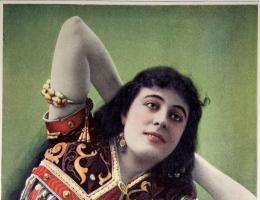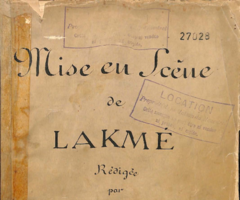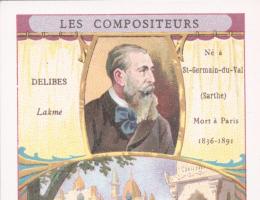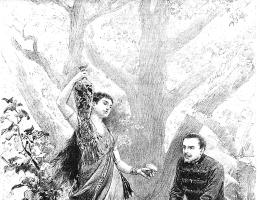Lakmé
Opéra en 3 actes créé à l'Opéra-Comique de Paris.
Lakmé was a huge success when it premiered at the Opéra-Comique on 14 April 1883. The libretto by Edmond Gondinet and Philippe Gille had everything to appeal to an audience with a taste for the exotic genre. The opera is set in India in the late nineteenth century, where Lakmé, the daughter of a Brahmin priest, and Gérald, a British officer, fall in love, but their love is doomed to tragedy. Lakmé kills herself with poison when she realises that Gérald, persuaded by his fellow officer, Fréderic, has chosen to obey his military duty to his regiment and is about to leave her. We are reminded of Puccini’s Madama Butterfly, set in Japan, in which the love between Cio-Cio-san and the handsome American lieutenant Pinkerton is likewise doomed. In order to contrast the two cultures, Delibes, while avoiding clichés, evokes the Hindu world by means of bewitching melismas and orientalist harmonic and orchestral colours. The music associated with the British is characterized by straightforward rhythms and lines. Like Bizet in Carmen, the composer occasionally introduces comic touches (the figure of the puritan English governess, Mistress Bentson, in the Act I quintet “Quand une femme est si jolie”, the market scene at the beginning of Act II); these release dramatic tension and provide a welcome contrast. The score owes its success largely to its sumptuous melodies. The opera’s most famous aria is the Act II “Bell Song” (“Où va la jeune Hindoue?”), in which Lakmé evokes her future destiny. But all the arias and duets show a similar quality of inspiration.




